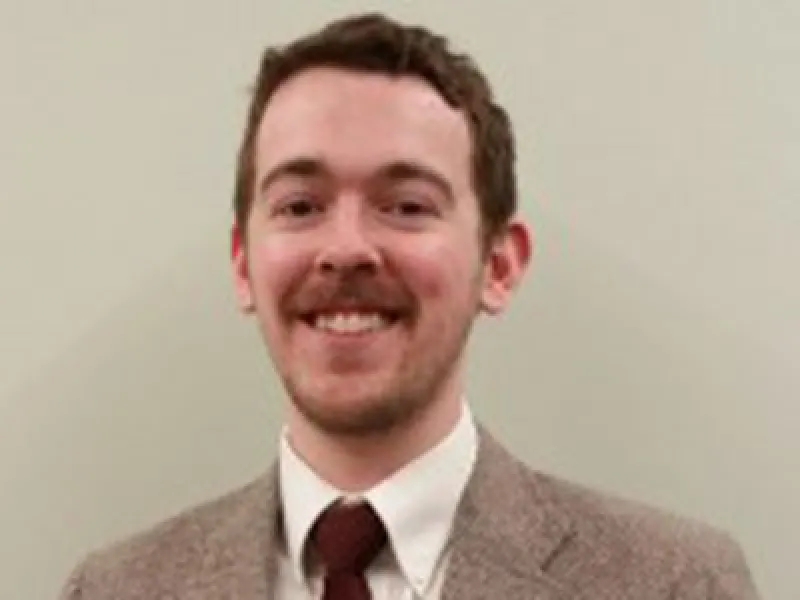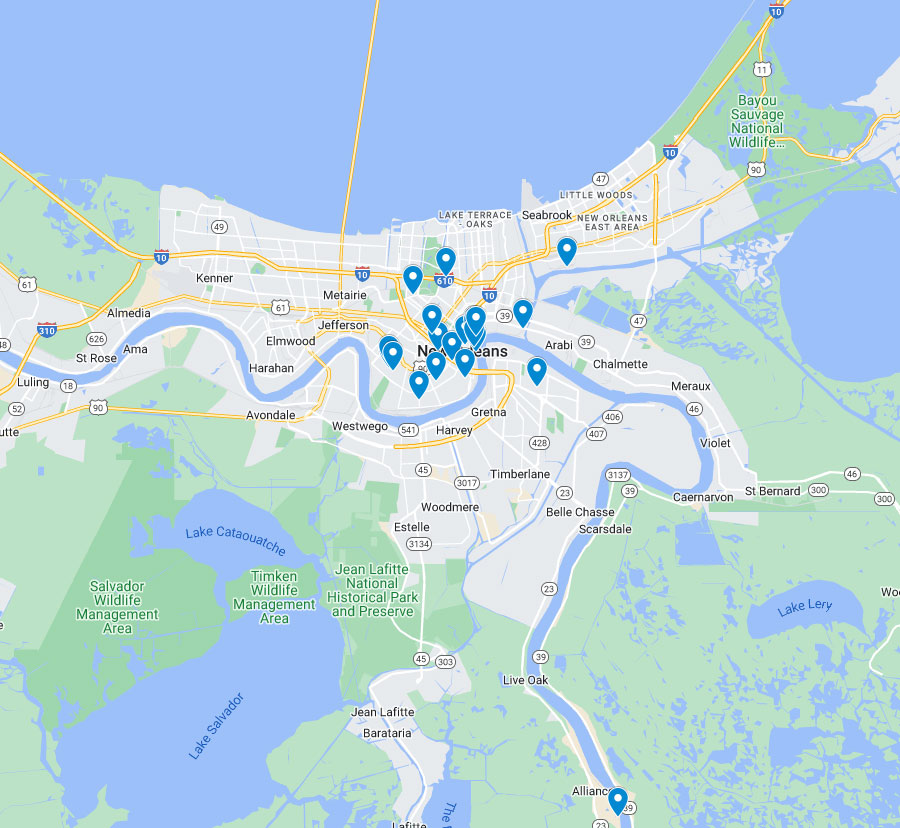
Biography
J. David Maxson is a Ph.D. candidate in the Department of Communication Arts and Sciences at the Pennsylvania State University. Maxson's research focuses on how funerary rituals and architecture in New Orleans are used for purposes other than burying the dead and comforting the bereaved. Drawing from and building on interdisciplinary conversations in rhetoric studies, memory studies, performance studies, geography, history, and ethnomusicology, Maxson combines archival research, ethnographic interviews, textual analysis, and rhetorical field methods to analyze public memories of catastrophe and trauma. Recently, Maxson examined how mock jazz funerals and second line parades in New Orleans are used for a variety of purposes that include reintroducing memories of nearly-forgotten jazz pioneers, symbolically laying traumatic memories of Hurricane Katrina to rest, and celebrating the removal of Jim Crow-era monuments.
Research
Contests over public memory are complex, dynamic, political, and rhetorical. The interdisciplinary study of public memory has, in fact, occupied scholars in rhetoric for the past quarter century. By focusing on the public and social qualities of most memorial practices, contemporary rhetoricians have emphasized the contingent nature of the past, drawn attention to the judgements made to select and sustain memories, and explored the persuasive power of leveraging past events in service of present needs. But why do some memories crop up at unexpected times? What happens when memories are adopted by the very institutions that formerly disavowed and suppressed them? How can scholars in rhetoric studies help explain the opportunistic resurgence of public memories or the deliberate dismissal of traumatic pasts? In order to answer these questions, this dissertation builds from and draws together extensive interdisciplinary conversations in history, geography, sociology, ethnomusicology, performance studies, and rhetoric studies to analyze public memorial practices in New Orleans. More specifically, the case studies in each chapter explore how New Orleans’ funerary rituals—from jazz funerals to cenotaphic memorials—are used for commemorative purposes other than mourning and burying the dead. As each chapter makes clear, commemorative rituals and architecture serve different memorial functions, sometimes reanimating forgotten memories and at other times transitioning communities beyond painful memories. Organized thematically, the first two chapters explore commemorations for the unacknowledged dead through a process of cenotaphic naming. The final two chapters examine the ritualized burial of traumatic pasts through New Orleans’ musical funerary traditions.


